Customize Your Entertainment Center
Entertainment centers, especially those serving a family with kids, need to fulfill many purposes. In addition to highlighting a television, the centers are likely to store DVD players, electronic game consoles, piles of wires, DVDs, and more. But as entertainment technology moves more toward streaming and wireless options become readily available, you might not need as much storage space as you have in the past. Create a list of the things (along with their dimensions) you want to place in the center to ensure there's adequate shelf and cabinet space in your design. If you're streamlining and need space just for your television and not much else, look for ways to integrate the screen into existing structures, such as above a fireplace.
Blend In
Though they're definitely meant to be seen, entertainment centers shouldn't busy up or darken a space. These homeowners did their entertainment center right. The streamlined unit's neutral finish, which is slightly darker than the wall color, visually minimizes the entertainment center's impact in the living space while showcasing the television screen and items displayed on the shelves.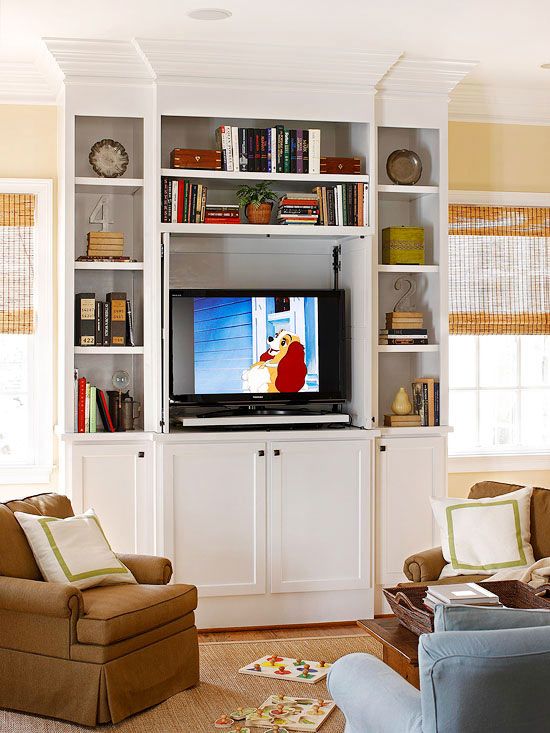
Imitate Architecture
Blend an entertainment center into the overall scheme by detailing it with architectural details seen elsewhere in your home. Substantial crown moldings spanning the top of this entertainment center align with equally deep moldings on adjacent walls to underscore the unit's built-in appearance and traditional appeal.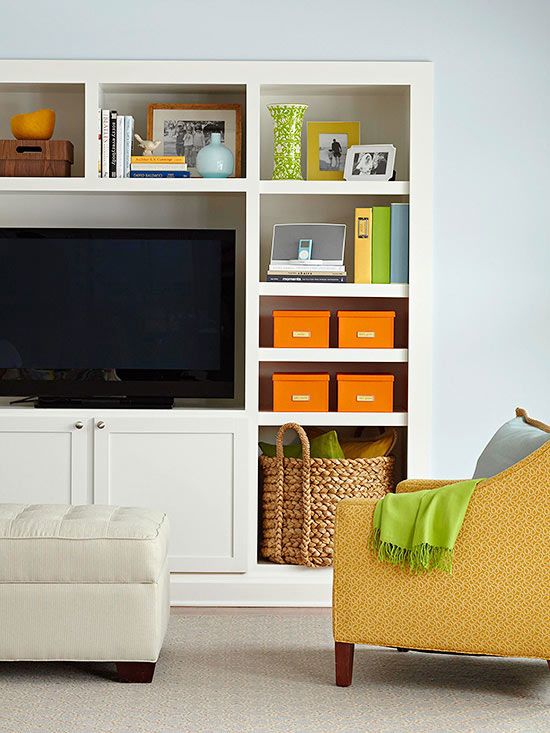
Open and Closed Storage
You'll need to include behind-closed-doors storage to hide unattractive components and wires, but don't forget to incorporate open book shelves and cubbies. The open areas make expansive entertainment centers appear less massive, let you add personable panache via collections, and accommodate colorful bins and baskets that supply stylish storage, which in turn energizes the view. 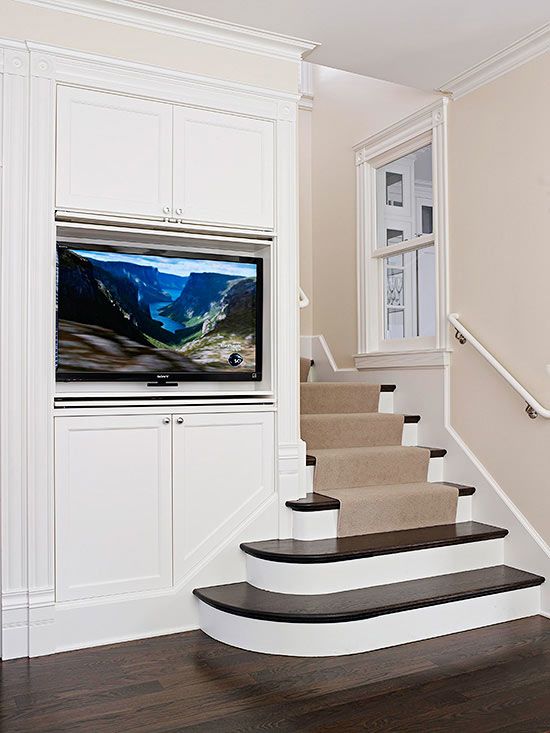
Custom Fit
If you live in a home with small rooms and limited floor space, consider building an entertainment center into an underused wall or around a fireplace with the television positioned above the mantel. Recessed into a back staircase wall, this media center steps up to the task at hand: entertaining. Built-in cabinets frame the television, which disappears from view with the closing of pullout door panels. 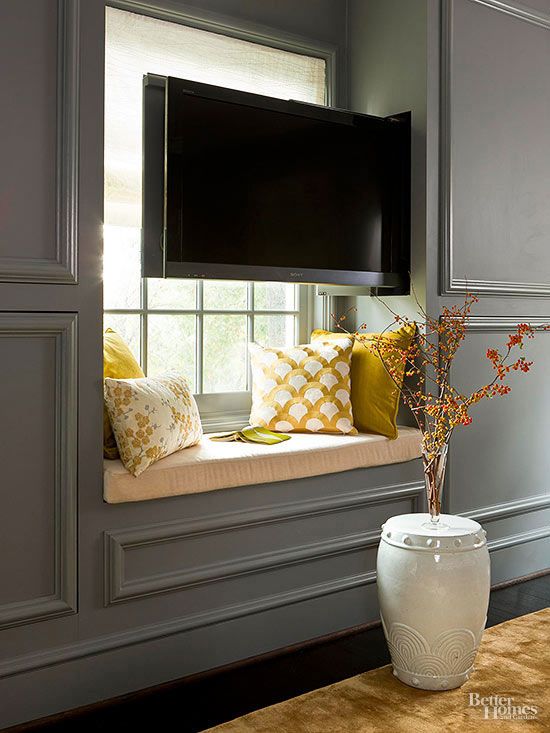
Concealed Set
This television appears when a favorite program is on tap but retracts into an entertainment center cabinet when it is no longer needed. Motorized lifts and extenders installed within walls, cabinets, and even footboard-set trunks operate via remote control. Use lifts or extenders in rooms that lack a spot for placing the television within sight lines of a bedstead or a sitting area.
Creatively Configure
Forget about flat-plane constructions, which after time can become downright boring. Instead, consider stair-stepping sections to maintain interest while providing storage and display spaces at many levels. This entertainment center beautifully combines fine-furniture components, such as glass-paned doors, crown molding details, and recessed panel doors, with shorter winged sections that take advantage of the wall space below windows. 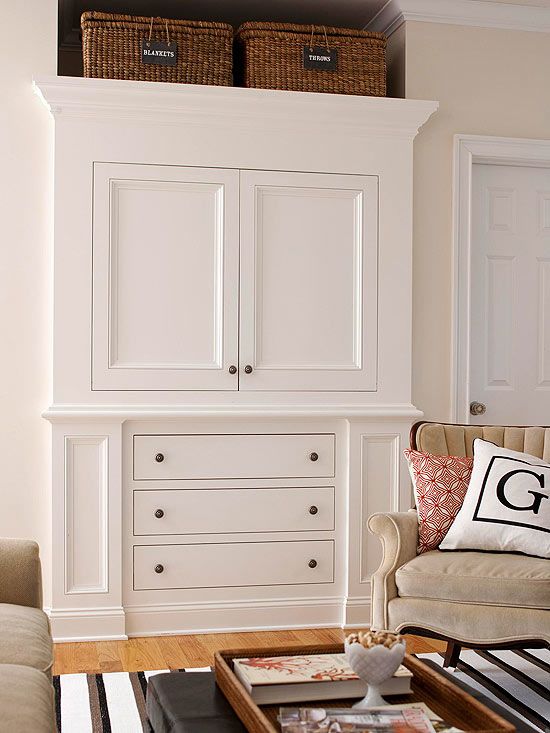
Be Flexible
With its panel and molding details, dresserlike drawers, and niche above, this entertainment center looks like a fine antique cupboard until its doors slide open to reveal a large-screen television and cubbies holding modern-media components. Note that the doors slide back inside the cabinet so they don't block the screen or passing-through traffic. This space-saving move is achieved with the addition of pivot door slides.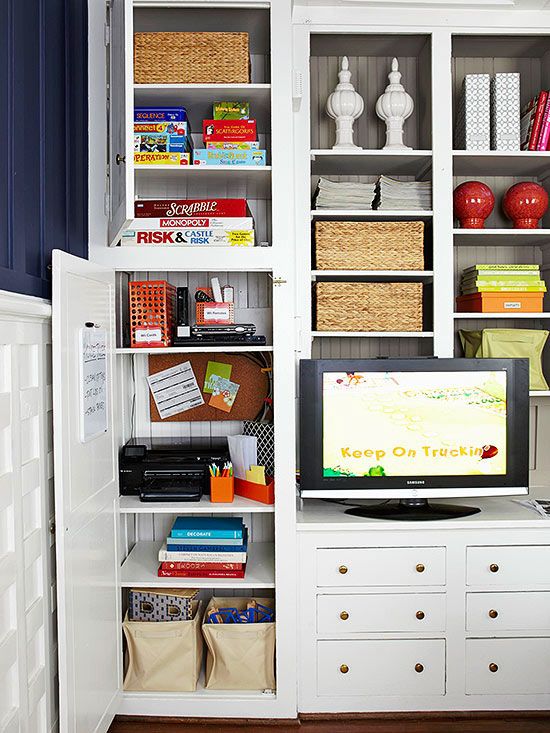
Think Beyond TV
Use entertainment centers to store family-fun stuff in the room where your family is most likely to gather. If you've got the space and the budget, design a center with both open display and closed-off storage spaces to hold good-times gear, such as crafting supplies, toy-filled bins, stacks of board games, photo albums to share, and of course, a television.



![A Tranquil Jungle House That Incorporates Japanese Ethos [Video]](https://asean2.ainewslabs.com/images/22/08/b-2ennetkmmnn_t.jpg)









